It had already been on my wishlist for a while: To go with our family to a monastery. This summer, the time was ripe. Our trip—a few weeks ago—was from Osijek (Croatia) to the Netherlands. As you might know, we moved back to the Netherlands because of the educational needs of some of our children. I searched for a place where we could find rest and rhythm, where soul and body would be fed. A monastery was on my mind. I prayed and thought: It should be possible. I googled: monastery Poland, Krakau, family.
Then, my heart made a little jump of joy when I found this: Tyniec monastery near Krakau.
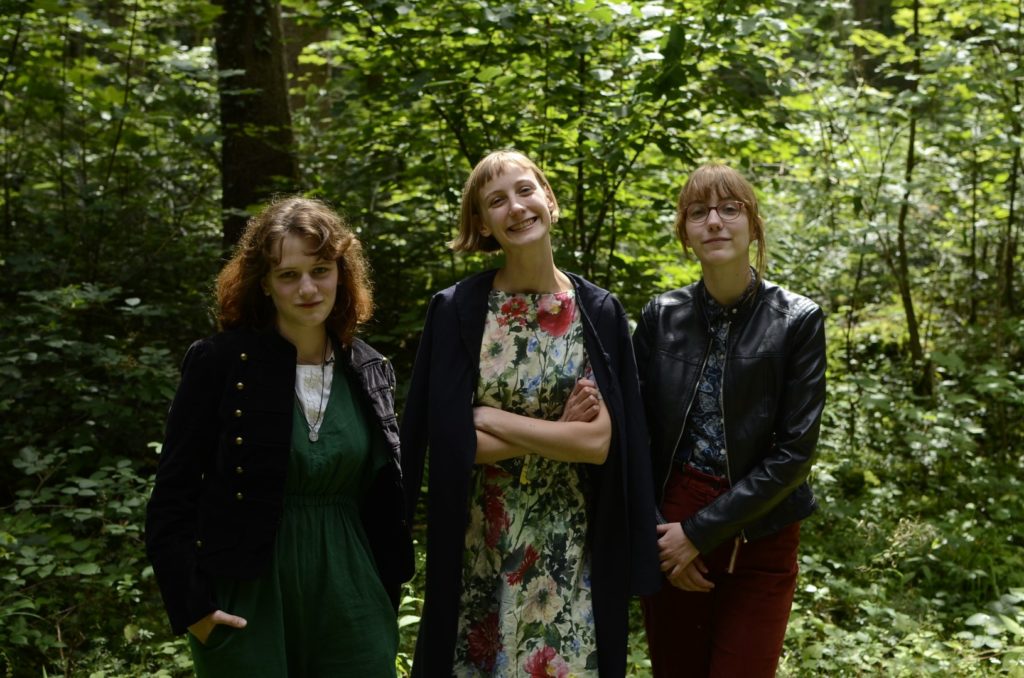
Intensive times for our family
The time to wrap up our life in Osijek a few weeks ago was both beautiful, sad and good. Leaving loved ones behind and closing a chapter of life feels for one like an adventure and for another a rupture. For some of us, it was both. All these mixed emotions traveled together, and we were glad that we had decided to make an extra stop in Poland and in Germany just to process a bit of this time. It was a nine-hour drive from Osijek to Krakau, but once we reached it, we all knew straight away: This is good. We got rooms in the old abbey, and the next day, we had time to dive more into the 1000-year-old history of this place. We enjoyed the rhythm of the monastery and did our own thing.
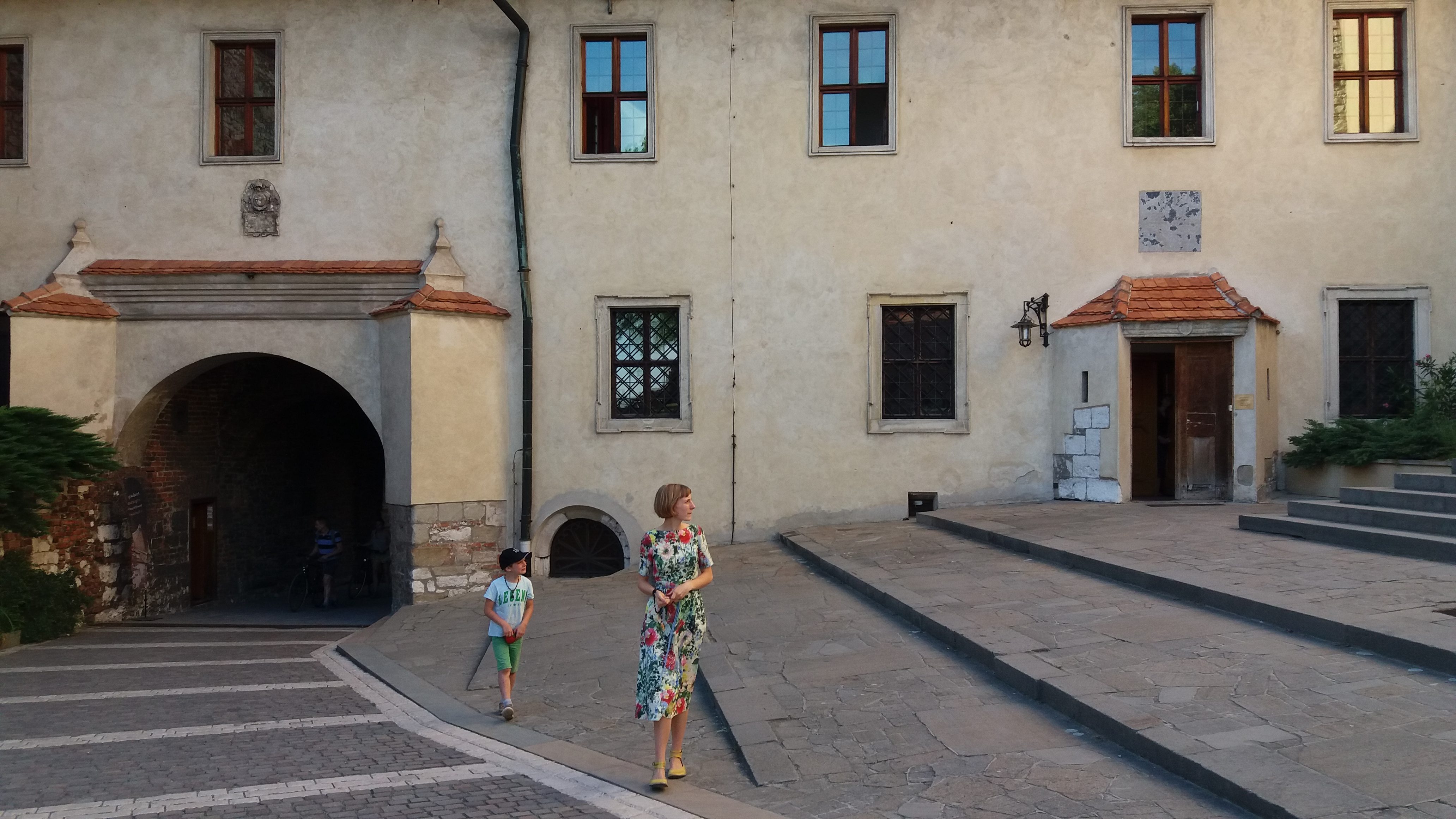
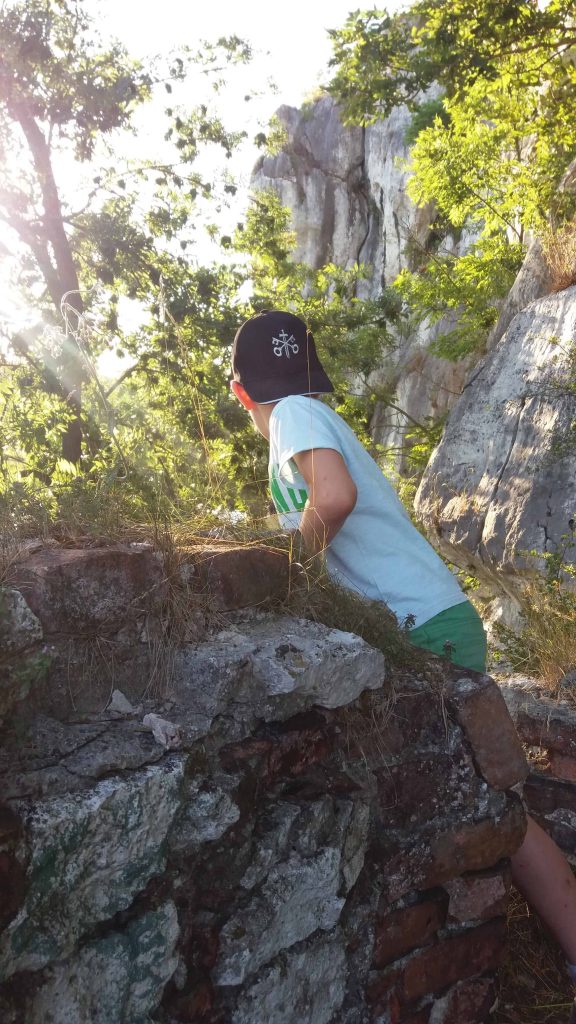
History of the monastery
Jan Dlugosz wrote in 1468:
“Tyniec monastery is perched upon a rocky and steep hill, washed by the Wisla river. It consists of a stone monastery church, the stone cells of the monks, and outbuildings. The hill itself is masterly protected by walls, towers, and other fortifications and is guarded continually day and night. This is one of our homeland’s most beautiful gems: an ancient place and a mighty fortress against the snares of enemies. In times of old, due to its elevation, it always served its inhabitants with local fruit and more. There is also a sizeable orchard with many a fruitful tree. At the foot of the hill, there are two gardens where cabbage and many other kitchen vegetables are planted and harvested. A third garden, full of cherry trees, is busy with bees from their hives.” (Jan Dlugosz, 1468)
An abandoned place
This piece of text could have been written today, but there is a deep story of sadness, abundance, and perseverance that makes the monastery as it is now a place with a deeper meaning: Life is not only what it seems; there is more to it. Vision, dreams, prayer and hard work are combined with hospitality. The monastery was abandoned and empty for 150 years. This is what Stefan Zeromski wrote in 1920:
“Ancient, brooding ruins of Tyniec! To modern man incomprehensible, erected on ashes over a hundredfold older than yourself; in time becoming steadfast through misery and neglect, no more can your stones be destroyed. Empty window holes, as blind eyes, gaze vacantly below, past the white rock to the fast-flowing river beneath. Its waters gleefully bound and roll, forever bringing from afar to further in lively, inexhaustible joy, while the Abbey ruins look on into an abyss of times long past, unexplored by the inhabitants of the Earth.” (Stefan Zeromski, 1920)
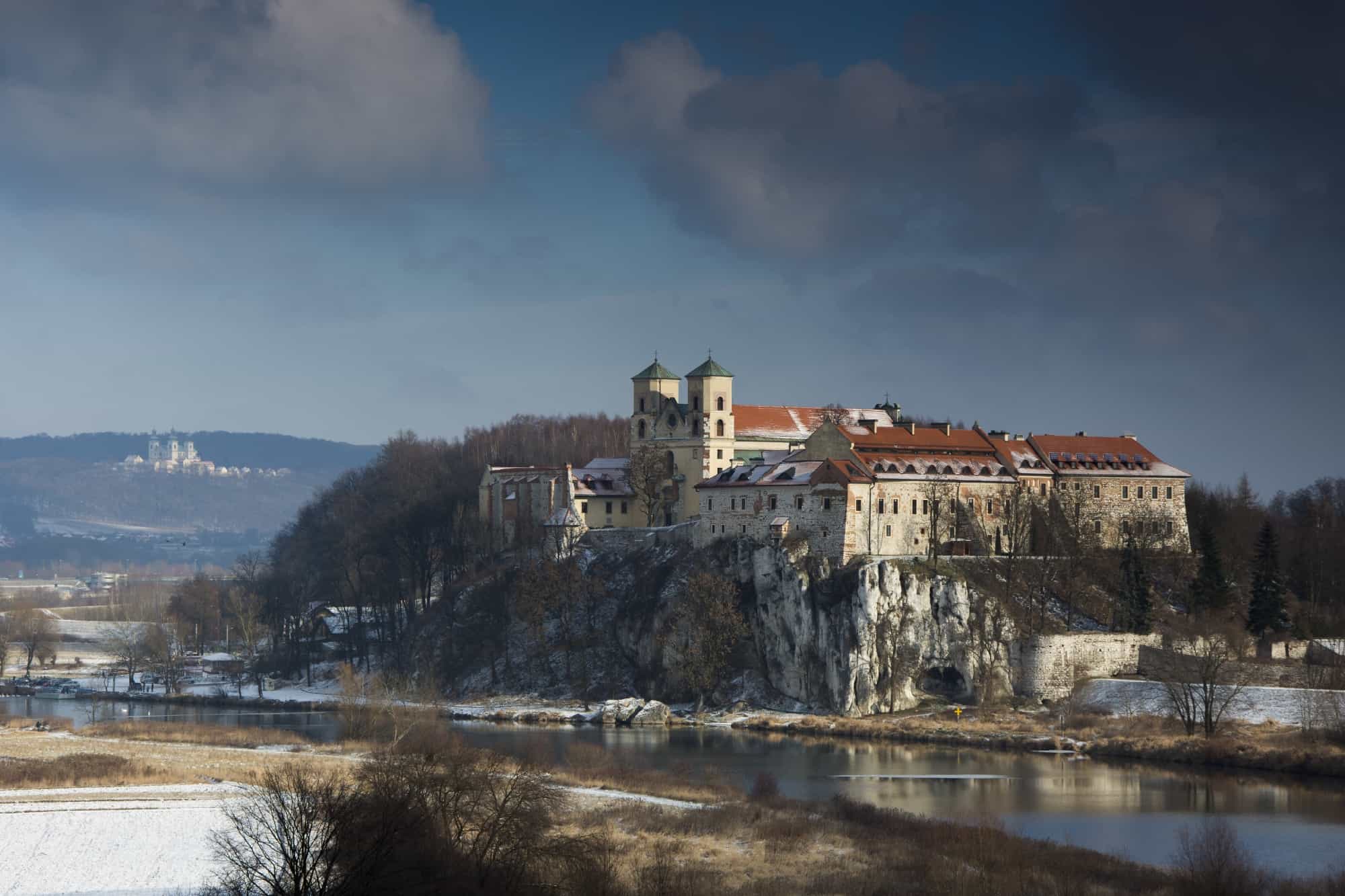
Not the end of the story: Monk from Belgium
But this was not the end of the story. Karel van Oost, a monk from Belgium, got the vision to restore the old ruins. It really was a monk’s work: with a lot of perseverance, the old monastery got back its former setting—a remarkable job. He prayed, worked, shared his vision, and engaged with others, and with 10 other monks, he started bringing back the Benedictine monastic life and the education of the villagers. He began living in the ruins in 1939, a few months before World War ll broke out. This place in Poland is 50 km away from Auschwitz. After the second world war, Poland faced 40 years of communism. It is only in the last 25 years that they could finish the rebuilding of the monastery. But now they really have something:
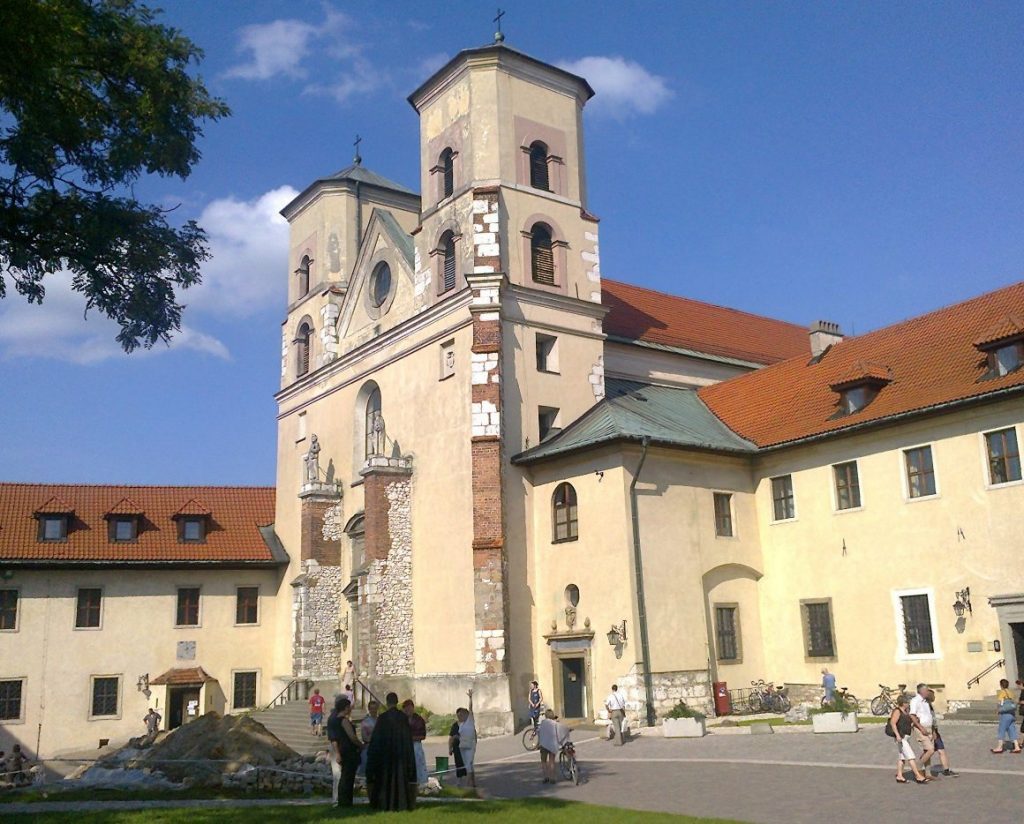
Modern monks
The current 35 monks do not lock themselves up. This monastery is a place where hospitality, monastic living, and simplicity take shape every day. The monks do have their own daily routine, but they also see it as their task to assist the guests with word and deed. Guests can request a personal interview or prayer. You can decide how intensively you want to participate in the rhythm of the monks. You also can become a Facebook friend with an 80-year-old monk, who still knows a few of the monks who started the reconstruction in 1939.
https://www.youtube.com/watch?v=EKWqN_5boig
https://www.youtube.com/watch?v=EKWqN_5boig
Experience:
The visit to the monastery exceeded our expectations.
When we were guests as a family, we discovered a strong daily routine that determined life as a continuous heartbeat. There is freedom and openness for the guests, who are welcomed as if Jesus himself were sitting down at the table. Personal conversations and prayers with the monks can be organized. Guests get a simple, neat room in the old abbey building, where the sunlight shines its rays every day. Everything is in harmony—a true gift for our weary souls.
It moved me deeply to stay in this place for two days with our family and refreshed me on a level that I could not have imagined beforehand. On the threshold of WWII, the 11 monks did not see the end of the tunnel as we did when we were just at the beginning of our 100-day journey. They may have lost hope for a time, but they regained their strength, and the end result is a treasure in Poland.
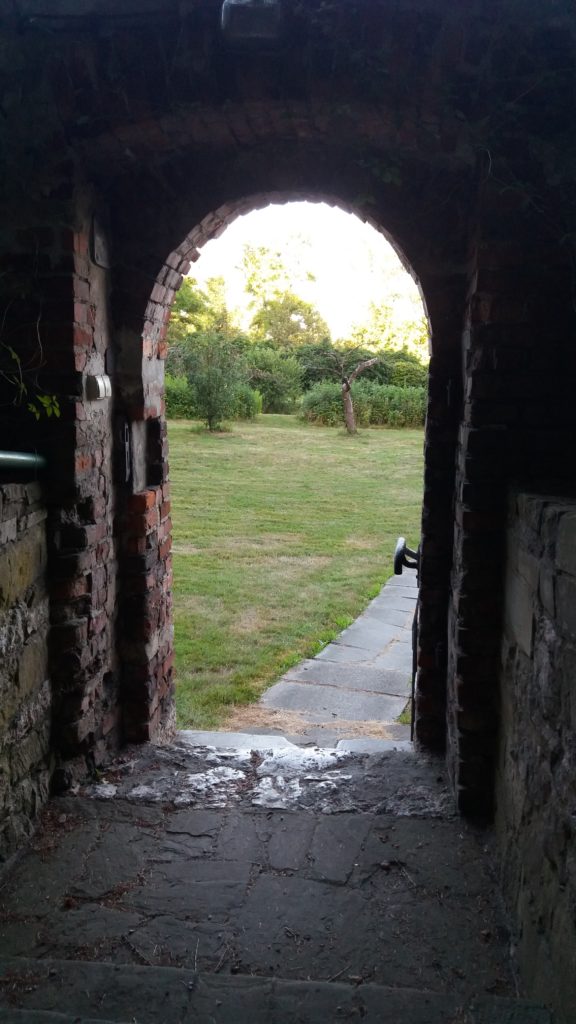
Jesus as a guest
For us as guests, the history of this special place came alive. As we continued our journey the next day, we talked about our time in the monastery, the peace in the monastery garden, the singing in the monastery church, the view over the river.
But what spoke to me most deeply was how the monks receive every guest as if he or she were Jesus Himself. It inspired our own thinking about hospitality and how we receive others. The Benedict way is clear:
All guests who arrive must be received as Christ himself, for He will one day say: “I came as a guest and you have taken Me in.” Everyone is given the honor that is owed to him, but in particular to fellow believers and to strangers. (Rule of Saint Benedict, chapter 53)
This place is worth a visit—alone, for a longer time, a short period, with a friend, but even with your family! You might be surprised. This is the link on TripAdvisor. And when you do, I would love to hear it! It will warm my heart.
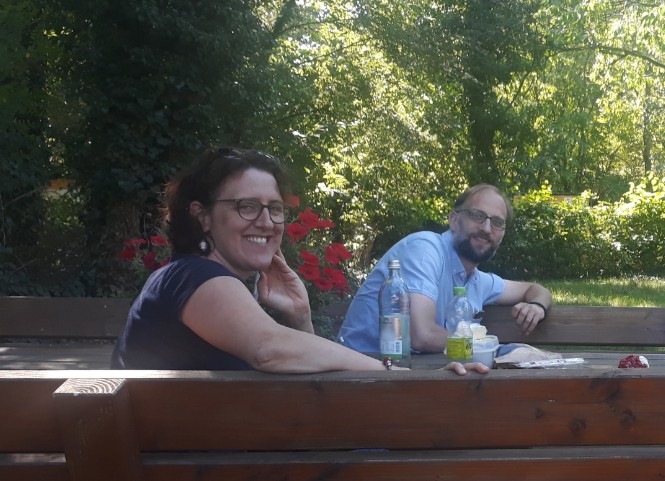
A question for you
What was your most inspiring summer experience? Feel free to let me know. I try to respond and would love to hear from you.
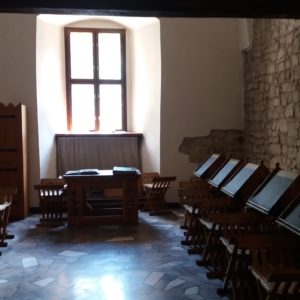

How beautiful, Janneke. I love the photos and what you have said. Your heart is filled with such loveliness. Thank you for your perspective which always deepens me and warms my heart. Thank you.
My best summer experience was watching my step-son marry his beloved Bride last weekend. Their happiness was so lovely to see. Everyone around them was celebrating with hearts of joy that the two of them had found each other…with God’s help…this day an answer to many prayers.
Dear Brenda, That is a very special experience indeed! So glad to hear that you liked the photo’s and perspective. We are currently in a very -in between- season and that disturbs my writing a bit. But, when life settles down a bit, there are so many more things that I would love to share. Thank you for reading and commenting! Brenda Yang!